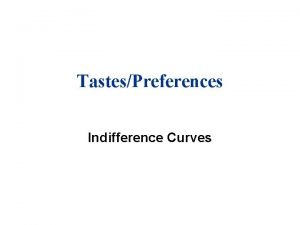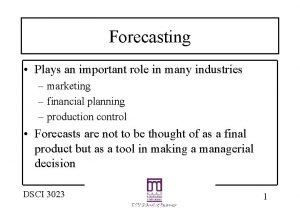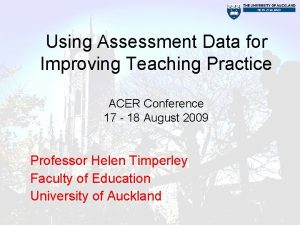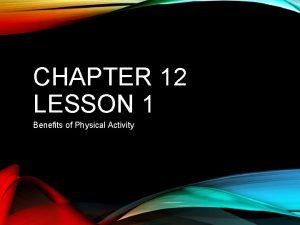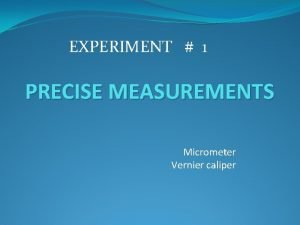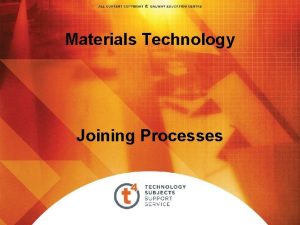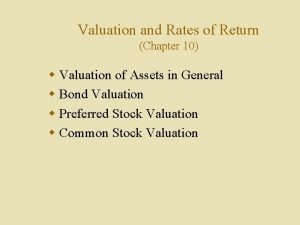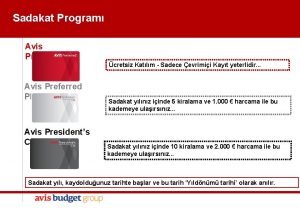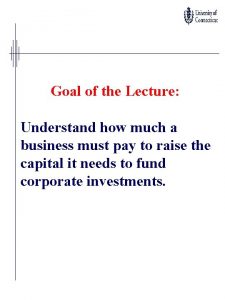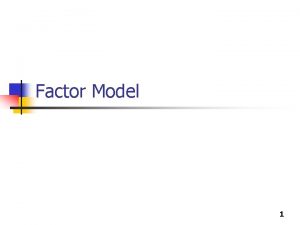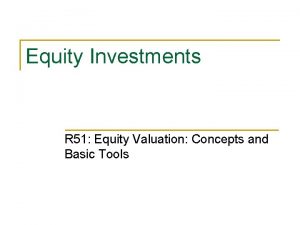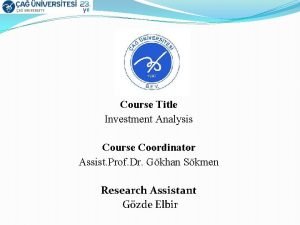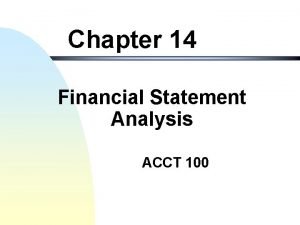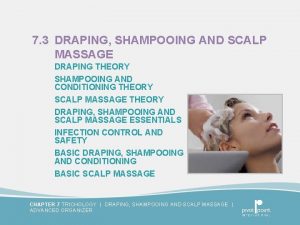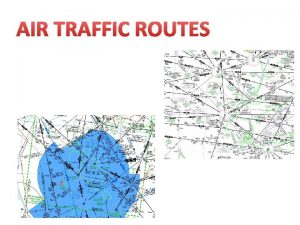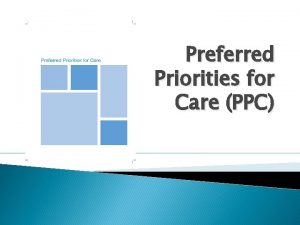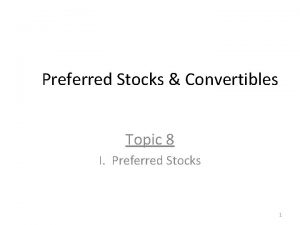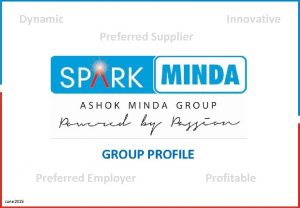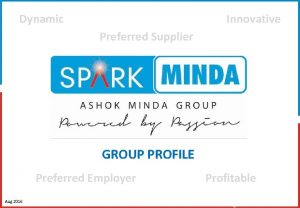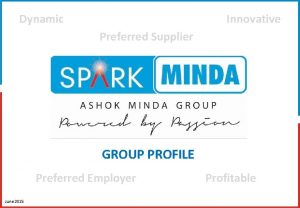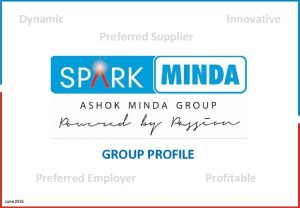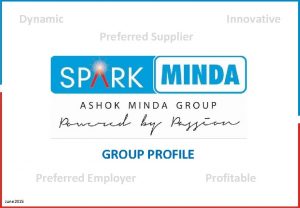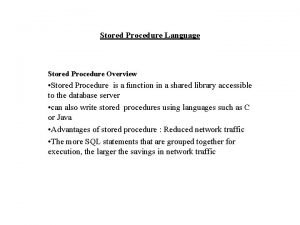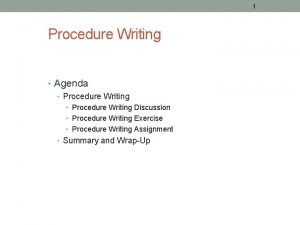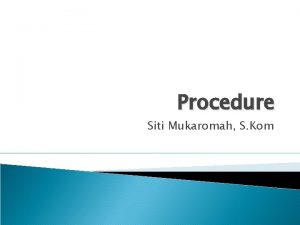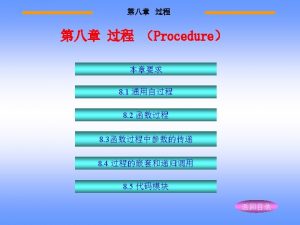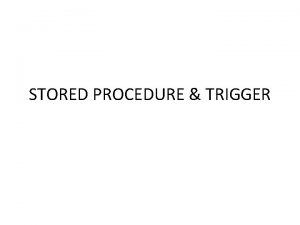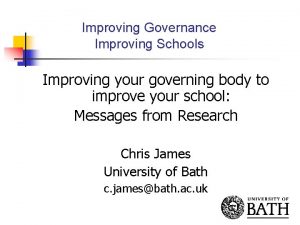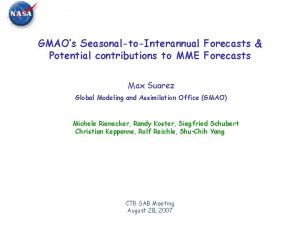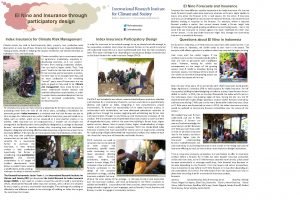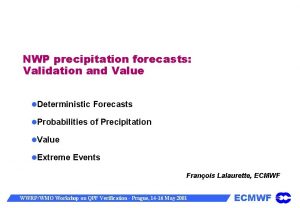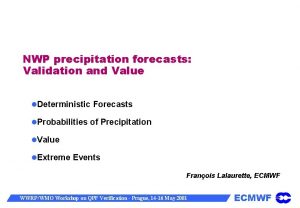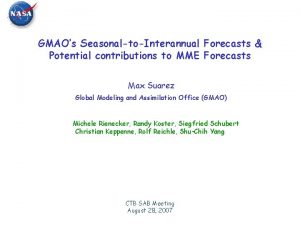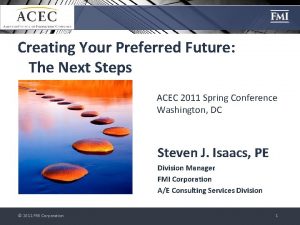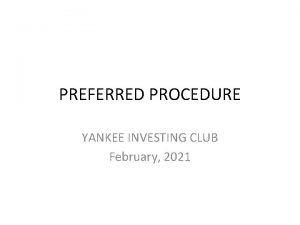Improving Your Future Forecasts Using Preferred Procedure HDIC




























- Slides: 28

Improving Your Future Forecasts Using “Preferred Procedure” HDIC Education Segment March 2004 With concepts originally developed by Brian Lewis & Ari Horwitz and the late Tom Tempero

Improving Your Future Forecasts • One of the hardest things for the new user of the SSG is learning how to trust their estimate of future EPS. • Several methods • No “right” way

How Do We Estimate Future EPS? Two ways: • Extending the historic trend line five years into the future – Called a “projection” line in Classic • Test the reasonableness of your projection

Initial setting of the “projection” line • Without modifications – Potential to be wildly inaccurate & unrealistic • With modifications – Potential to be more accurate & more realistic – Yet even modifications can leave you wondering if your estimate of the future is on the mark – or at least close.

Initial setting of the “projection” line Modifications are based on: • Straightness of the historic line • Slope of the historic line • Trends of the historic line • Research • Outliers • Give greater weight to more recent results

Initial setting of the “projection” line • Final result is your best guess of future earnings • Need a way to test how accurate your best guess is • What to do?

“Preferred Procedure” • Is the best (or “preferred”) way to corroborate your guess of the “projection” line. • Is not designed for the beginner – If a beginner go back and focus on how to determine a “projection” line first. – Read NAIC’s Stock Selection Handbook

What is “Preferred Procedure” • Based on using key figures from the Income Statement to test reasonableness of your projection. • As long-term fundamental investors NAIC focuses on sales and earnings. – Believe sales is a more stable trend than earnings • Use future sales as a starting point to confirm or disprove your projection of earnings

Why use “Preferred Procedure” • EPS line in Sec. 1 is generally not as straight as the sales line. – Affected by Pre-tax profit margin (PTP), tax rate and shares outstanding. • The more inconsistent the EPS line the more Preferred Procedure can help you zero in on a realistic estimate of future EPS.

Using “Preferred Procedure” • Starting with sales look at each component that might cause earnings to grow at a different rate. – % Pre-tax profit margin – Taxes – Shares Outstanding – Result = estimated earnings • Perhaps a better name is “estimated income statement”.

Using “Preferred Procedure” • By looking at each component you get a better picture of what future EPS might reasonably be. • Profit margins tend to be the most important component for estimating future EPS.

“Preferred Procedure” Step-by-step Sales or revenue - Costs or expenses Pre-tax profit (PTP)

“Preferred Procedure” Step-by-step Pre-tax profit (PTP) - Taxes paid Earnings or Net Income

“Preferred Procedure” Step-by-step Earnings or Net Income divided by Shares Outstanding = Earnings Per Share

Step 1 – TFX Finding It

Step 2 – Sales Projection

Step 3 – Expense Projection

Step 4 – Estimate Taxes

Step 5 – Projecting Shares • This leaves “shares outstanding” • This, IMO, is the toughest judgment – No less than current – Consider share history – Consider merger/acquisition history – Consider dilution – Buyback in effect? Not binding, but authorized

Step 5 – Projecting Shares

Step 6 – The Bottom Line

Preferred Procedure • Check the result of the Preferred Procedure with your original projection • How did this second opinion fare? • How do you feel about this second opinion? • How does it compare with the Implied Growth Rate (Section 2 B)?

Step 7 – Reviewing It How reasonable is the result from Preferred Procedure? What does the Stock Wizard say?

Step 8 – Adjusting EPS • Based on my research I will adjust the future EPS downward until the Stock Wizard does not flag it.

“If they’re (your original forecast and preferred procedure are) far apart … you might want to reexamine some of your assumptions … or reconsider the rationale behind your initial projection. ” Nancy Issacs, Simply Put Columnist, BI Magazine, April 2002, pg. 22 on using Preferred Procedure

Conclusion • Preferred Procedure – is not designed to make your estimate of the future, – it is designed to test the reasonableness of your forecast. – Sometimes it will be higher than your estimate. Sometimes lower. Sometimes about the same. – Review what you have learned about the company. Does it make sense?

Examples • Teleflex (TFX) – Increases the future EPS significantly • AFLAC (AFL) & Church & Dwight (CHD) – Decreases the future EPS significantly • Dollar Tree (DLTR) & Walgreens (WAG) – Confirms the future EPS • Lincare (LNCR) – Reduces the future EPS slightly

“It’s (using preferred procedure) an excellent way to understand how a business operates and to perceive the relationships among the elements that contribute to the company’s earnings per share. ” -- Ellis Traub, Take Stock, pg. 199
 As compared to long-range forecasts, short-range forecasts
As compared to long-range forecasts, short-range forecasts Hdic insurance
Hdic insurance Weakly preferred vs strictly preferred
Weakly preferred vs strictly preferred Future perfect continuous exercises
Future perfect continuous exercises Future perfect simple vs future perfect continuous
Future perfect simple vs future perfect continuous Compare and contrast analog and digital forecasts
Compare and contrast analog and digital forecasts Weather forecast lesson 3 outline answers
Weather forecast lesson 3 outline answers Forecasting plays an important role in
Forecasting plays an important role in Prepare a leaflet of one of your favourite holiday
Prepare a leaflet of one of your favourite holiday Using assessment data for improving teaching practice
Using assessment data for improving teaching practice Chapter 12 lesson 3 planning a personal activity program
Chapter 12 lesson 3 planning a personal activity program Chapter 12 lesson 1 benefits of physical activity
Chapter 12 lesson 1 benefits of physical activity Vernier caliper msr
Vernier caliper msr Procedure in using a soldering iron
Procedure in using a soldering iron Give us your hungry your tired your poor
Give us your hungry your tired your poor Intrinsic value of stock formula
Intrinsic value of stock formula Avis preferred giriş
Avis preferred giriş Formula for preferred stock
Formula for preferred stock Single factor model formula
Single factor model formula Start stop continue examples
Start stop continue examples Ev/ebitda ratio formula
Ev/ebitda ratio formula Cost of preferred stock
Cost of preferred stock Acct 100
Acct 100 Explain when and how a shampoo draping is used
Explain when and how a shampoo draping is used Shrm preferred provider
Shrm preferred provider Features of preferred stock
Features of preferred stock Yourpcrewards
Yourpcrewards Route ats
Route ats Preferred priorities for care
Preferred priorities for care


